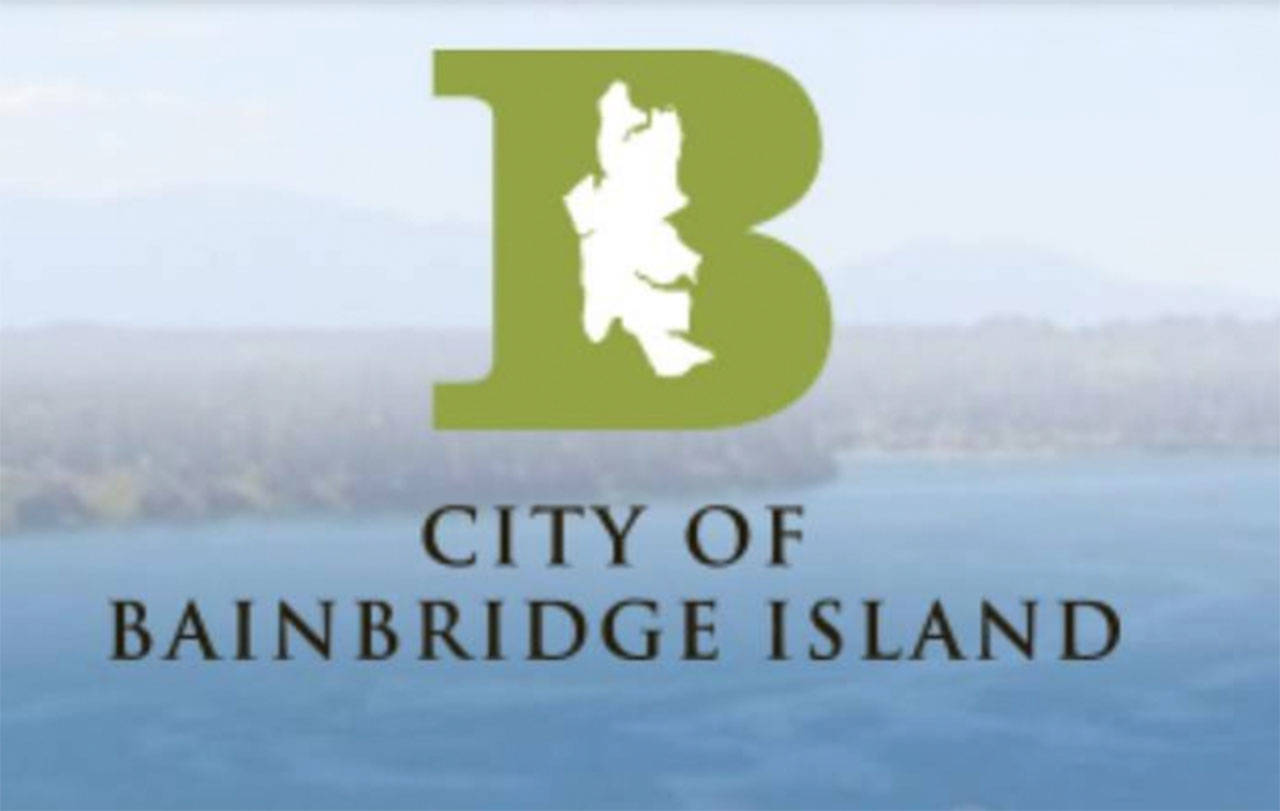On Bainbridge, it can feel like it’s on its own island when it comes to working with others in Kitsap County.
So its City Council was pleased that it had a chance to talk with Kitsap Regional Coordinating Council leaders at its work session last week.
Councilman Joe Deets, the city’s representative on the board, said it’s good for the council to understand the common framework for all jurisdictions in the county as they continue developing comprehensive plans.
Deets added he’s glad to see the latest guidelines include new things like climate change, social equity and displacement, which he said is a big problem on BI because of a lack of affordable housing.
Deets also said population is a hot topic on BI, and Mayor Rasham Nassar and Deputy Mayor Kirsten Hytopoulos agreed.
“This whole council would like to weigh in on that,” Deets said of population growth.
Hytopoulos said that process seemed like a “backroom thing” before.
Nassar said she wants to make sure the public in BI can be part of that conversation.
Sophie Glass, regional director of the KRCC, said that process will take place May 7-21 with public comments, with a public hearing June 1. She also invited the council to reach out to different groups to see if they want to participate.
County consultant Clay White, director of Planning at LDC, Inc., said he’d rather get public input on the front end, instead of the back end.
White said growth targets from the Puget Sound Regional Council have not been decided. But he said more growth is usually targeted for more urban areas like Bremerton than BI. He said it’s a bottoms up rather than a top down exercise.
“They will not usurp your abililty to make legislative decisions,” White said.
During the county’s presentation, Glass and White talked about things that have been added to their planning process, like climate change.
Other areas under the natural environment chapter are: open space, critical areas, listed species, air and water quality, watershed and land use planning.
New under the transporation chapter is the consideration of human health. The goal is to optimize transit and reduce single-person vehicle use.
Glass said the most new changes come under equity, which instead of being its own chapter is listed as part all of of them.
Changing language to include “inclusive, people of color, underserved communities” is key, she said, adding a diverse group of community members helped develop the new policy language.
For example, in equity of environment, Glass asked, “Who enjoys a clean natural environment? Vulnerable populations deal with more of those problems.” The way to improve that is to protect existing low-income housing, mitigate displacement of vulnerable people and provide incentives to builders to provide a wide range of housing options.
Throughout the presentation the county emphasized working with others to meet goals, such as providing services and economic development. They also talked about things like distributing employment growth and industrial centers for businesses.
Other things haven’t changed, like population being targeted to urban areas, while rural areas are meant to enhance the natural system.
“What’s Bainbridge’s role in that growth,” White said, adding exceptions like fully contained communities are allowed outside urban growth areas.



